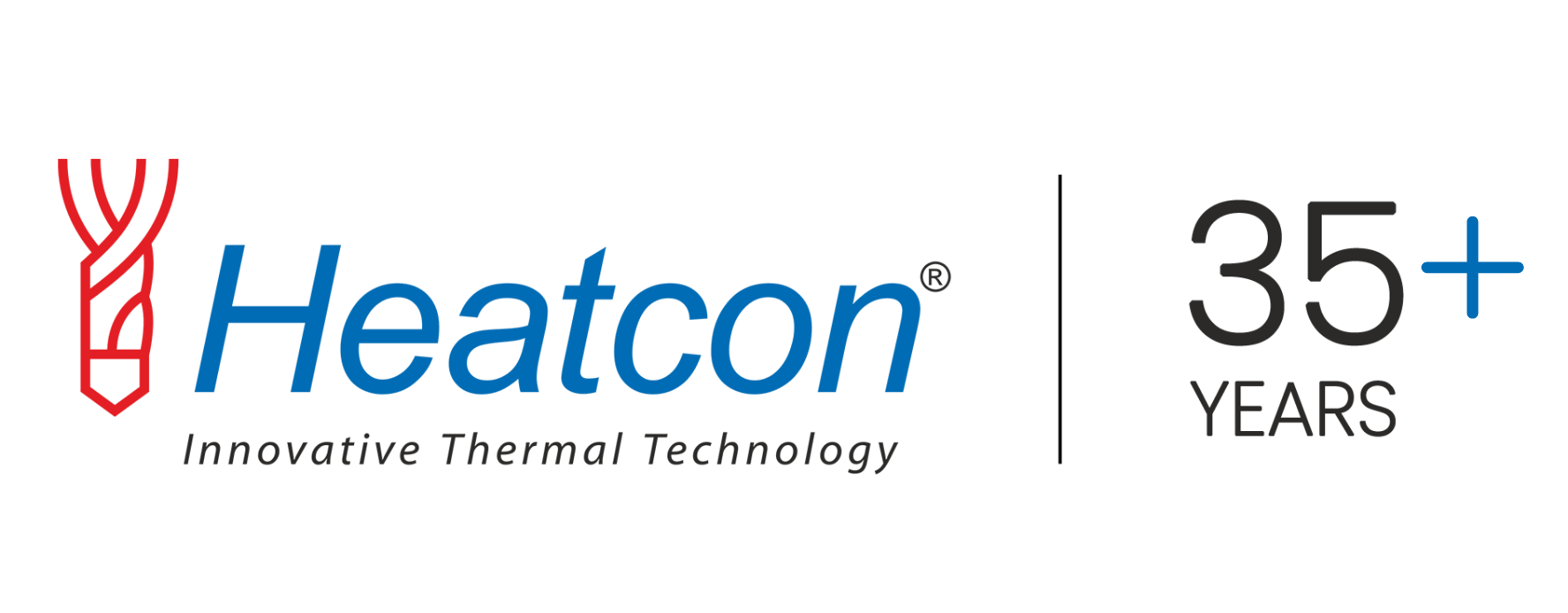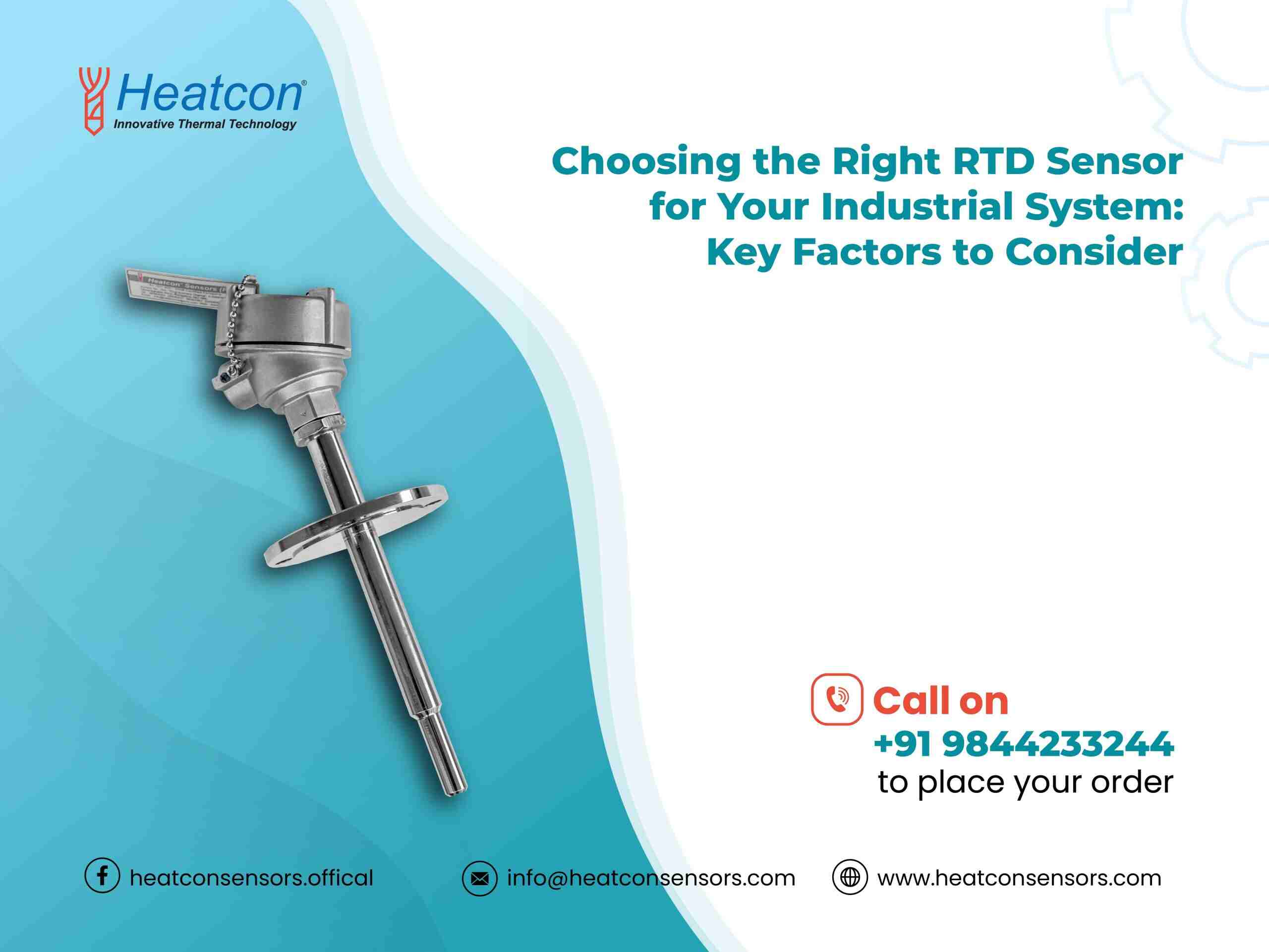In most of the industrial processes where precision & reliability are highly paramount, fetching an ideal Resistance-Temperature-Detector (RTD) sensor happens to be a crucial aspect. These RTD sensors play a crucial role in measuring temperature accurately across a gamut of industries, including pharmaceuticals, manufacturing, aerospace, and automotive. However, with ample options available in the marketplace today, choosing the most suitable RTD sensor for your specific industrial application could be a challenging task. To aid in your decision-making course, let us explore the key factors that you should consider while choosing the right RTD sensor for your industrial system.
Key Factors in Choosing the Right RTD Sensor for Your Industrial System
Following are the key factors in choosing the right RTD sensor for your industrial system:
Temperature Range
The temperature range of your specific industrial process happens to be a fundamental consideration while choosing an RTD sensor. These RTD sensors are available in varied temperature ranges, from cryogenic temperatures to even high-temperature applications exceeding up to 1000 degrees Celsius. You must ensure that the temperature range of your selected sensor aligns with the operating conditions of your industrial system for guaranteeing accurate temperature measurements.
Accuracy & Precision
Accuracy & precision happen to be the critical factors, especially in the industries wherein small temperature variations tend to impact product quality or process efficiency. High-precision RTD sensors having low tolerance levels tend to provide much more accurate temperature readings, thus ensuring reliable performance and consistent results in your specific industrial system.
Response Time
RTD sensor’s response time refers to the time taken to detect & report a temperature alteration accurately. In time-critical processes/applications where rapid temperature fluctuations tend to occur, selecting the right RTD sensor with a fast response time is crucial to maintain control & efficiency.
Environmental Conditions
You should consider the environmental conditions in which your RTD sensor will operate. Factors including vibration, pressure, moisture, and chemical exposure tend to affect performance & longevity of these sensors. So, choose the right RTD sensor, which is both robust and suitable for the specific environmental challenges of your industrial setting for ensuring long-term reliability.
Calibration Requirements
RTD sensors might need periodic calibration for maintaining accuracy over time. Consider the calibration requirements & frequency while selecting an RTD sensor for your specific industrial system. Some sensors might provide self-calibration features or require less frequent calibration intervals, thus reducing maintenance efforts & the costs incurred.
Mounting Options
RTD sensor’s mounting method could possibly vary as per the application & installation requirements. Common options include surface mount, insertion, immersion, and direct contact with the measurement target. Selecting the right RTD sensor with the best-suited mounting option holds great significance for your industrial system’s configuration & accessibility needs.
Cost & Budget
While it is important to prioritize quality & performance, you must consider your budget constraints in your selection for an RTD sensor. Compare the costs of available options, including upfront purchase costs, installation expenses, as well as long-term maintenance requirements. Pick the sensor that offers the best balance of quality, performance, & affordability for your specific industrial application.
Compatibility & Integration
Ensure that the selected RTD sensor is compatible with your control systems, existing industrial equipment, and data acquisition tools. Seamless integration reduces installation complexities, which tends to minimize any downtime during system upgrades/expansions.
In conclusion, selecting the right RTD sensor for your specific industrial system requires careful consideration of various factors, including accuracy, response time, temperature range, calibration requirements, environmental conditions, cost, mounting options, and compatibility. By thoroughly evaluating these factors and selecting a high-quality sensor that meets your specific requirements, you can ensure accurate temperature measurements, reliable performance, and optimal efficiency in your industrial setting. Rest assured to get the best & most advanced range at Heatcon!


